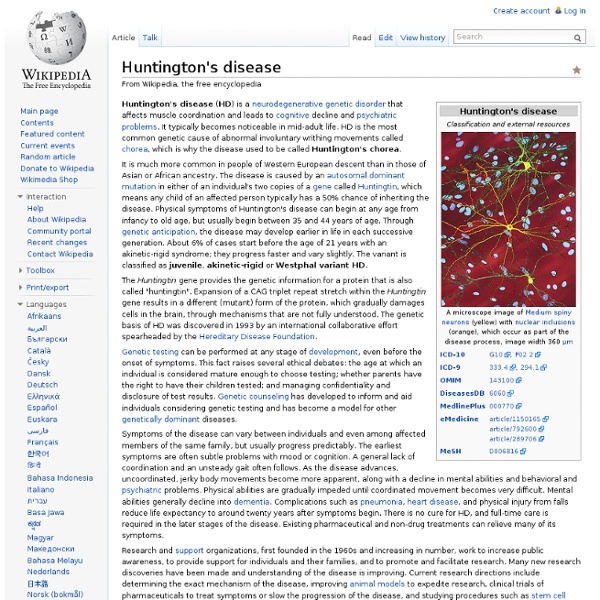



Psoriasis No cure is available for psoriasis,[6] but various treatments can help to control the symptoms.[10][11] Though many treatments are available, psoriasis can be difficult to treat due to its chronic recurrent nature. The effectiveness and safety of a new generation of targeted immune therapies is being established with randomized controlled trials, and several have been approved (or rejected for safety concerns) by regulatory authorities. Signs and symptoms[edit] Plaque[edit] Psoriatic plaque, showing a silvery center surrounded by a reddened border. Psoriasis vulgaris (also known as chronic stationary psoriasis or plaque-like psoriasis) is the most common form and affects 85%–90% of people with psoriasis.[12] Plaque psoriasis typically appears as raised areas of inflamed skin covered with silvery-white scaly skin. A person's arm covered with plaque psoriasis Pustular[edit] Other skin lesions[edit] Psoriatic arthritis[edit] Nail changes[edit] Psoriasis of a fingernail, with visible pitting.
Chorea Huntington Der autosomal-dominante Erbgang Die Chorea major (Huntington), auch als Huntingtonsche Chorea oder Huntington-Krankheit bezeichnet (älterer Name: Veitstanz), ist eine bis heute unheilbare vererbliche Erkrankung des Gehirns. Oft wird sie – auch im Deutschen – mit HD abgekürzt, was für engl. Betroffene leiden an der fortschreitenden Zerstörung eines Bereichs des Gehirns, der für Muskelsteuerung und grundlegende mentale Funktionen wichtig ist, des Striatums. Herkunft des Namens[Bearbeiten] erblich (hereditary nature)psychiatrische Auffälligkeiten und Suizidneigung (insanity and suicide)schwere Symptome nur im Erwachsenenalter (only in adult life) Mittlerweile ist in allen ärztlichen und sonstigen Fachkreisen der Begriff Chorea Huntington als Bezeichnung üblich. Pathophysiologie[Bearbeiten] Genetik[Bearbeiten] Molekularbiologie[Bearbeiten] Die aus dem Triplett CAG resultierende mRNA codiert für die Aminosäure Glutamin. Neuroanatomie und Physiologie[Bearbeiten] Krankheitsbild[Bearbeiten]
Diabetes mellitus type 1 Diabetes mellitus type 1 (also known as type 1 diabetes, or T1DM; formerly insulin dependent diabetes or juvenile diabetes) is a form of diabetes mellitus that results from the autoimmune destruction of the insulin-producing beta cells in the pancreas.[2] The subsequent lack of insulin leads to increased blood and urine glucose. The classical symptoms are polyuria (frequent urination), polydipsia (increased thirst), polyphagia (increased hunger), and weight loss.[3] While lack of care could be lethal, administration of insulin remains essential for the survival of these patients. Type 1 diabetes can be distinguished from type 2 by autoantibody testing - glutamic acid decarboxylase autoantibodies (GADA), islet cell autoantibodies (ICA), insulinoma-associated (IA-2) autoantibodies, and zinc transporter autoantibodies (ZnT8) are present in individuals with type 1 diabetes, but not type 2. Type 1 diabetes can lead to a number of complications, both in the short term and in the long term.
Deutsche Huntington Hilfe e.V. | Therapie Zwar ist die Ursache der Huntington-Krankheit seit über zehn Jahren bekannt, eine ursächliche Therapie gibt es aber bis heute noch nicht. Nur einzelne Symptome können behandelt werden. Dabei sollte aber immer der Mensch als Ganzes betrachtet werden. Denn es gibt keine Therapie, die für alle Huntington-Patienten gilt, sondern sie muss immer individuell auf die einzelnen Bedürfnisse zugeschnitten werden. Weiteres erfahren Sie hier: Medikamentöse Therapie: Seit Jahren haben sich einige Medikamente zur Behandlung einzelner Symptome wie beispielsweise der Bewegungsstörungen oder der Depressionen bewährt. Therapie - ein Puzzle: Medikamente sind nur eine Säule der Therapie. Begleitende Therapie: Physiotherapeuten, Logopäden und Ergotherapeuten können helfen, die Selbstständigkeit und die Beweglichkeit der Erkrankten längere Zeit zu erhalten. Huntington-Zentren: Da die Huntington-Krankheit eine seltene Erkrankung ist, sind viele Ärzte mit der Diagnose und Therapie überfordert.
Asthma Asthma is thought to be caused by a combination of genetic and environmental factors.[4] Its diagnosis is usually based on the pattern of symptoms, response to therapy over time and spirometry.[5] It is clinically classified according to the frequency of symptoms, forced expiratory volume in one second (FEV1), and peak expiratory flow rate.[6] Asthma may also be classified as atopic (extrinsic) or non-atopic (intrinsic)[7] where atopy refers to a predisposition toward developing type 1 hypersensitivity reactions.[8] Signs and symptoms Associated conditions A number of other health conditions occur more frequently in those with asthma, including gastro-esophageal reflux disease (GERD), rhinosinusitis, and obstructive sleep apnea.[22] Psychological disorders are also more common,[23] with anxiety disorders occurring in between 16–52% and mood disorders in 14–41%.[24] However, it is not known if asthma causes psychological problems or if psychological problems lead to asthma.[25] Causes Others
Cancer Cancer The causes of cancer are diverse, complex, and only partially understood. Many things are known to increase the risk of cancer, including tobacco use, dietary factors, certain infections, exposure to radiation, lack of physical activity, obesity, and environmental pollutants.[2] These factors can directly damage genes or combine with existing genetic faults within cells to cause cancerous mutations.[3] Approximately 5–10% of cancers can be traced directly to inherited genetic defects.[4] Many cancers could be prevented by not smoking, eating more vegetables, fruits and whole grains, eating less meat and refined carbohydrates, maintaining a healthy weight, exercising, minimizing sunlight exposure, and being vaccinated against some infectious diseases.[2][5] Cancer can be detected in a number of ways, including the presence of certain signs and symptoms, screening tests, or medical imaging. Definitions There is no one definition that describes all cancers. Signs and symptoms Causes
Coeliac disease Coeliac disease, also spelled celiac disease, is an autoimmune disorder affecting primarily the small intestine that occurs in people who are genetically predisposed.[1] Classic symptoms include gastrointestinal problems such as chronic diarrhoea, abdominal distention, malabsorption, loss of appetite, and among children failure to grow normally. This often begins between six months and two years of age.[2] Non-classic symptoms are the most common, especially in people older than two years.[3][4][5] There may be mild or absent gastrointestinal symptoms, a wide number of symptoms involving any part of the body, or no obvious symptoms.[2] Coeliac disease was first described in childhood;[3][6] however, it may develop at any age.[2][3] It is associated with other autoimmune diseases, such as diabetes mellitus type 1 and thyroiditis, among others.[6] Signs and symptoms[edit] Gastrointestinal[edit] Malabsorption-related[edit] Miscellaneous[edit] Cause[edit] Other grains[edit] Risk modifiers[edit]